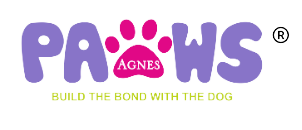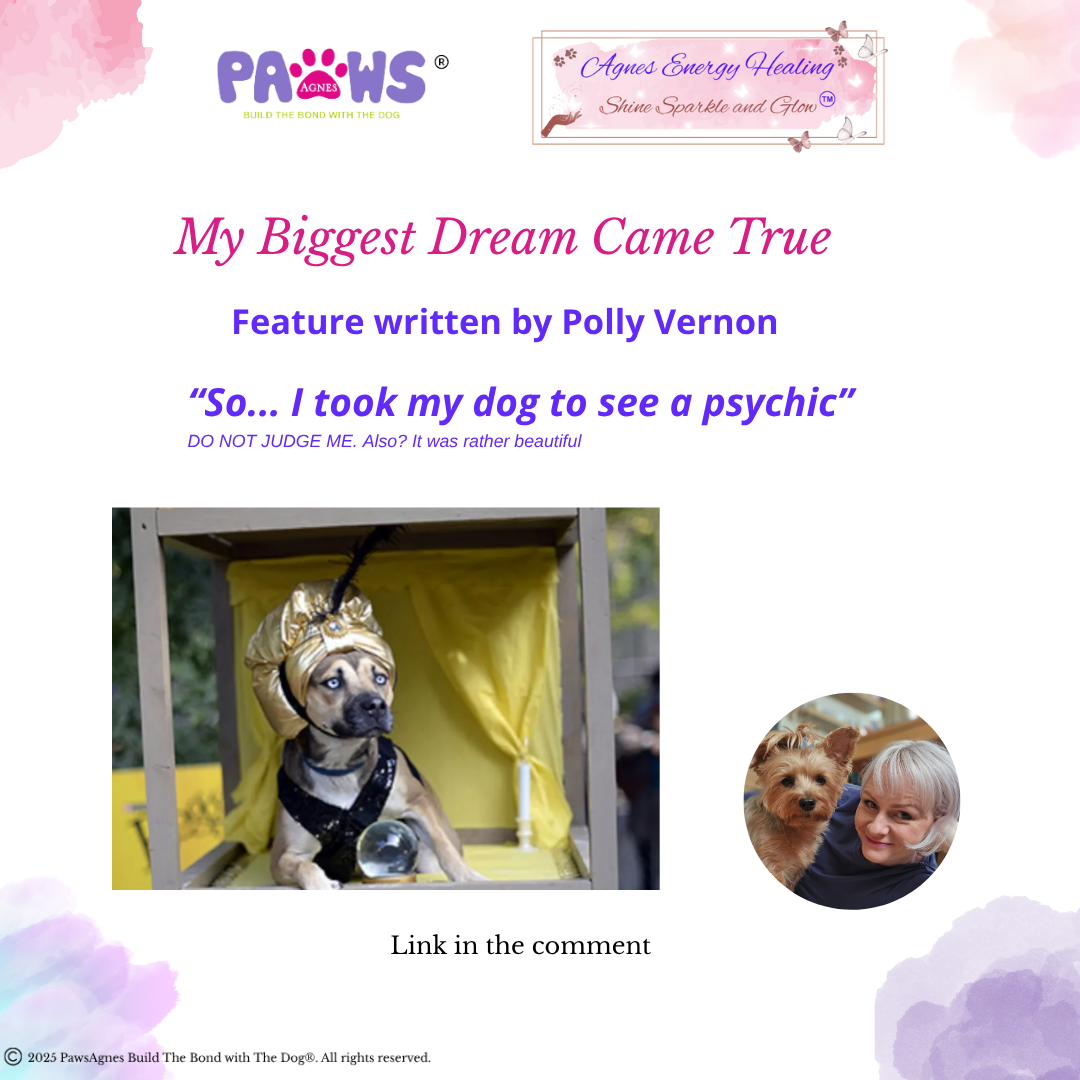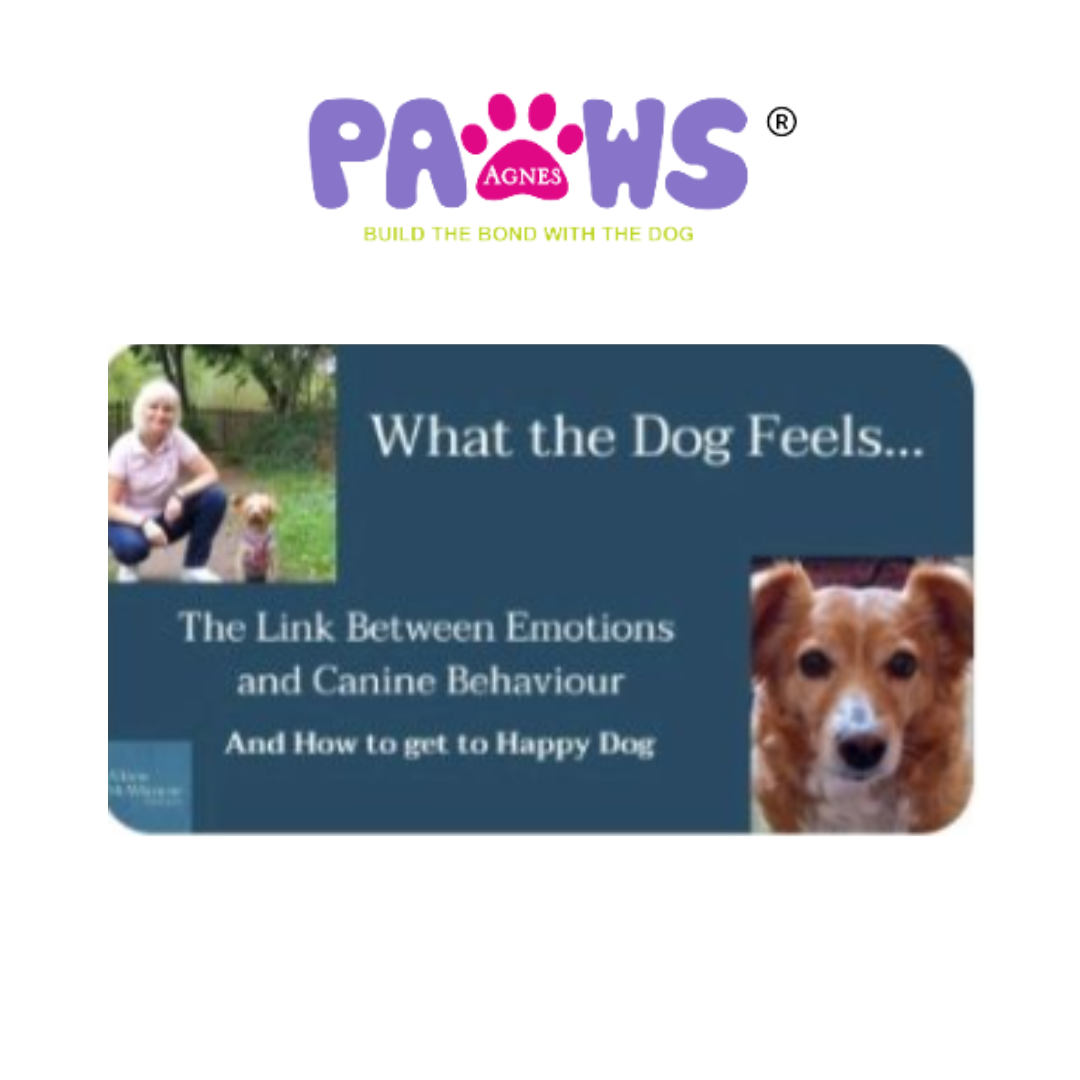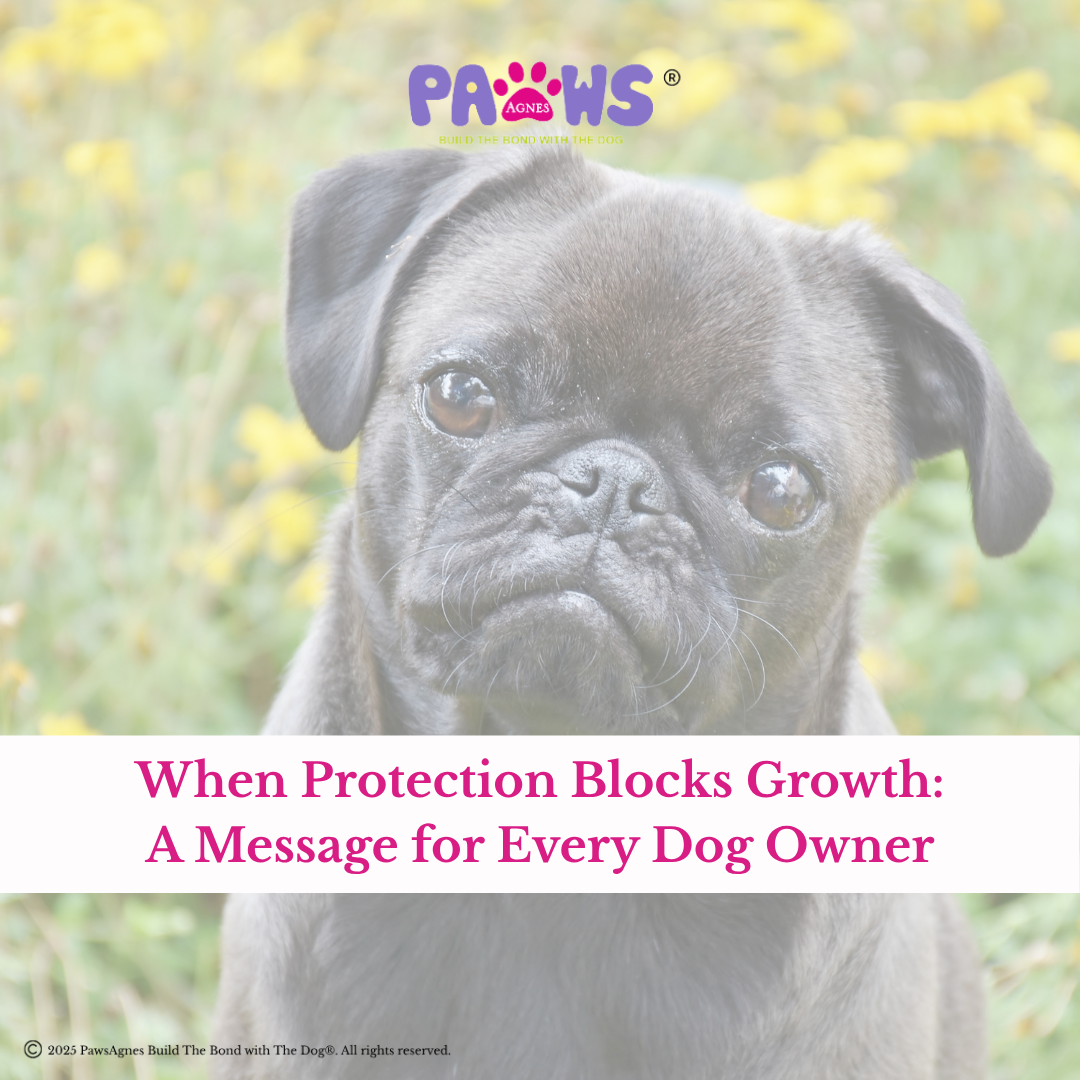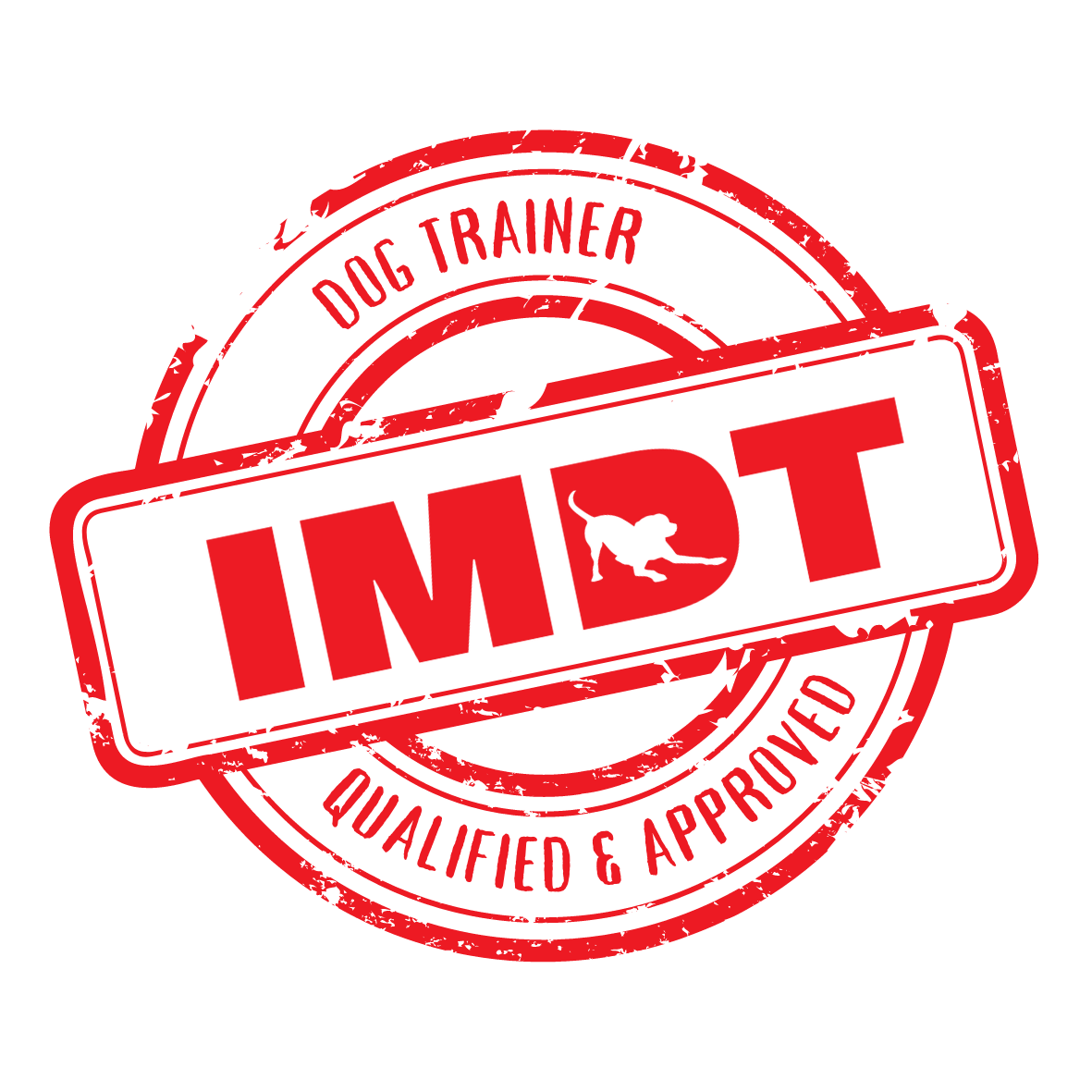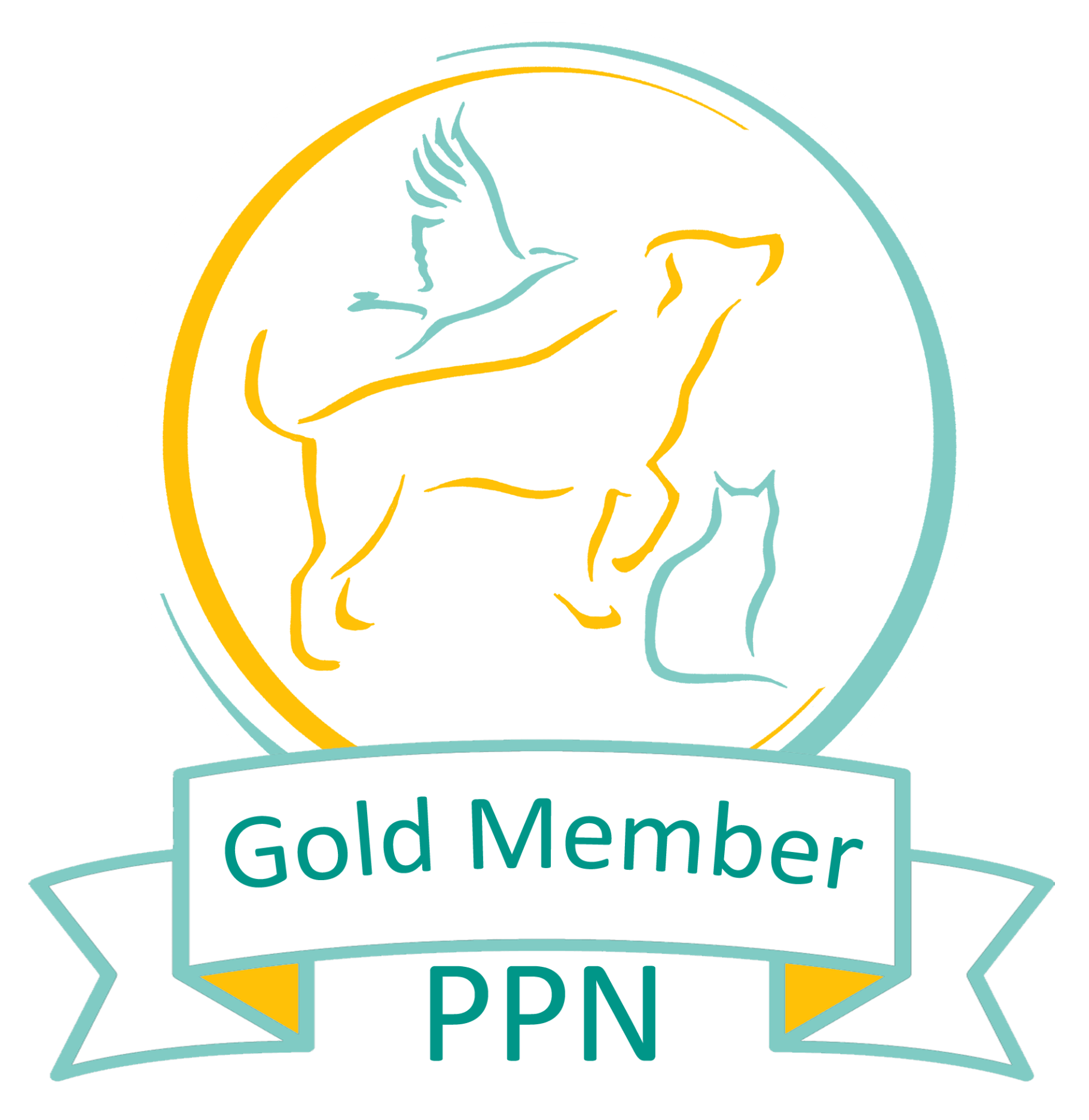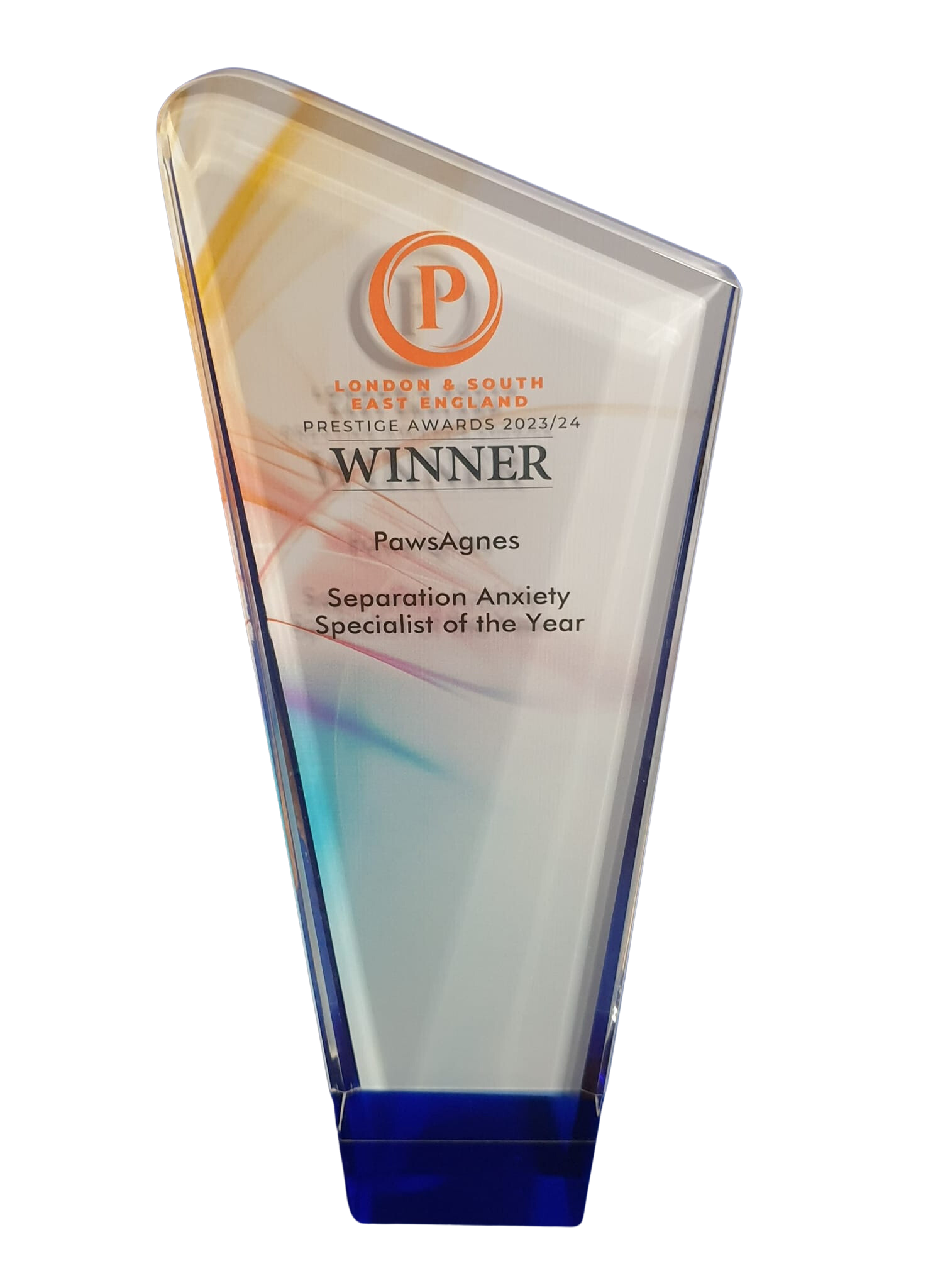The Biggest Mistake during Puppy Socialisation

They follow a long list of objects, places, and transport methods for socialization… but half of those things they’ll
NEVER actually use in their real life!
Here’s the truth If it’s not part of your lifestyle, your puppy will forget it by the time they grow up.
A dog’s brain is like a muscle —if you don’t practice, it disappears.
Instead of trying to socialize your puppy to everything, focus on what truly matters in your life:
- If you go to the pub on Sundays, socialize your pub there.
- If you grab a coffee every weekend, bring your puppy along.
- If you travel by train often, make sure your puppy gets used to it.
- Love car trips? That’s where your puppy needs exposure to the car.
